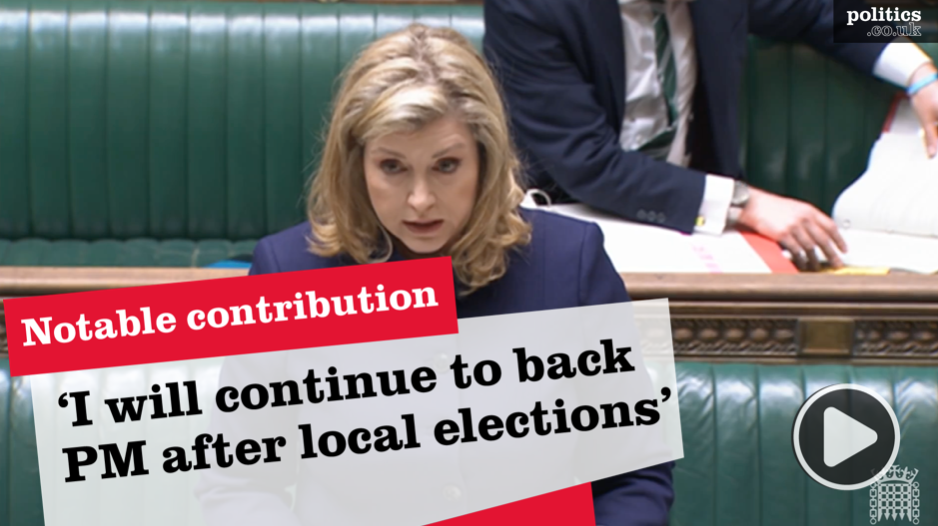Shake up of NHS targets
The Health Secretary has announced that he is cutting the number of national targets for the NHS from 62 to 20.
However this is not the end for targets, as existing national targets, such as A&E waiting times, will become core standards.
Targets that will remain include reducing hospital infections, improving the health of minority communities and an 18-week maximum waiting target for treatment by 2008.
There will also be more locally agreed targets.


Explaining the new focus, Dr John Reid said: “After inheriting an NHS that had suffered from decades of under-investment, we set tough targets to raise performance.
“Seven years ago, almost 120,000 people were waiting over nine months for treatment. Now just a handful wait that long. Targets have led to 19,000 more doctors and 67,500 more nurses since 1997 as well as the biggest hospital building programme in the history of the NHS.
“Improved performance means that the new standards I’m announcing today can reflect this shift towards improving the quality of care.
“Reduction in national targets does not mean a let-up in ensuring high performance. Targets will still have a role to play.”
The Labour government’s focus on targets in the NHS has come in for political criticism from the Conservatives, who claim that they distort clinical priorities and cause needless bureaucracy.
However the Government maintains that targets have been instrumental at driving up standards in the NHS.
This morning the Health Commission published its ratings for hospitals in England and Wales, which showed an increase, to 43 per cent, in the number of hospitals achieving the top three-star status.
However four of the flagship Foundation Hospitals were downgraded to two stars.












